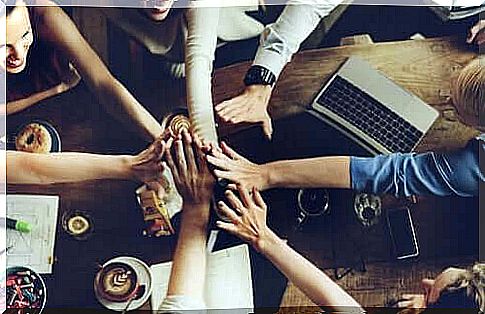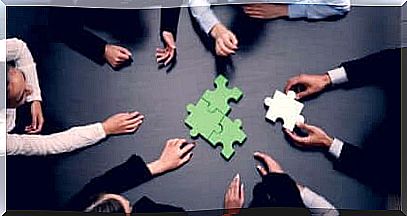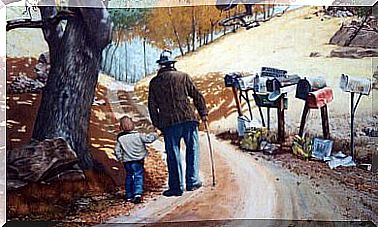How Come We Create Group Norms?

If you observe different social groups, they all have their own group norms. It does not matter if they are formal or informal groups. These norms are part of our social life and we accept the vast majority of them as fair and essential. Thus, it is worth asking the question – how does it really work when we create group norms? What purpose do these norms serve within the group?
Before answering these two questions, we should establish a definition of the word ‘norm’. This is important to understand its origin and function. Homans defined “norm” as an idea that occupies the minds of group members. It serves as a point of reference when reality is ambiguous. It serves to regulate attitudes and behaviors. In addition to the definition, it is important to understand that there are two types of standards:
- Descriptive norms : These are norms that correspond to what the group members actually do in a given situation. They are the model for behaviors that everyone should follow. They serve as a point of reference when reality is ambiguous.
- Prescribed standards : These standards tell what the group members approve and do not approve. They state what to do and represent the morale of the group. They act as a regulatory mechanism for attitudes and behaviors.

We create group norms for a purpose
We know that all groups create norms. So we can conclude that they must serve some form of function for group dynamics. Or, at least, they have some sort of consequence in the group. Otherwise, their existence would be meaningless. These features can be individual or social. They are individual when the consequences affect the subject. When they satisfy the group’s needs at the social level, or between groups, they are social. In most cases, standards include both functions.
The primary function of us creating group norms at the individual level is to act as a reference point. Thanks to the norms, the individual knows how to interpret and construct reality. This function fits perfectly within certain social constructivist paradigms. These paradigms lead to us constructing reality through a subculture within society and culture. Groups and their norms are the active means in this process.
At the social level, group norms have the following purpose :
- Regulation and coordination of group members’ interaction and activities. The norms help these interactions and activities to take place in an orderly manner. They help team members avoid chaos and conflict. Consequently, the group avoids destruction or decline.
- Achieving group goals. When groups create norms, they also create a behavioral uniformity towards the same goal. This helps them improve the efficiency of achieving group goals.
- Maintaining group identity. A set of standards that tell you how to be and how to behave will help you differentiate yourself from others. This is part of the origin of group identity because it categorizes you as part of a specific group.

How do groups create norms?
The development of norms is an issue that has puzzled many social psychologists. An analytical work by Levine and Moreland looks at a large number of theories and experiments on how groups generate norms. Thanks to them, we can say that group norms have two different origins: an internal origin and an external origin.
Among the internal factors of origin we find:
- Strategies or guidelines from members on how to behave in a particular situation. The more members who share this guideline, the faster the standard is established.
- Negotiations between the members during conflict resolution.
- Imitation patterns from another member that gets stuck with the remaining group members.
- Automatic categorization. This is when a norm arises thanks to the information already in the group identity.
The most common and notable factor among those of external origin is when an institution or a leader dictates a norm. These norms tend to arise outside the group or through an individual member of the group. Consequently, the rest of the group are much more likely to reject it than they would be if it had an internal origin. But it also largely depends on the harmony and compatibility with the group’s other goals.
Group norms are a part of our daily lives. They affect everything from how we do our jobs to how we dress for a party. The influence of them is felt in our behavior and usually in an implicit and unconscious way. Because of this, it is important to understand the standards and their function. It helps us to see them with a critical eye and avoid acting in contrast to our personal morality or identity.









